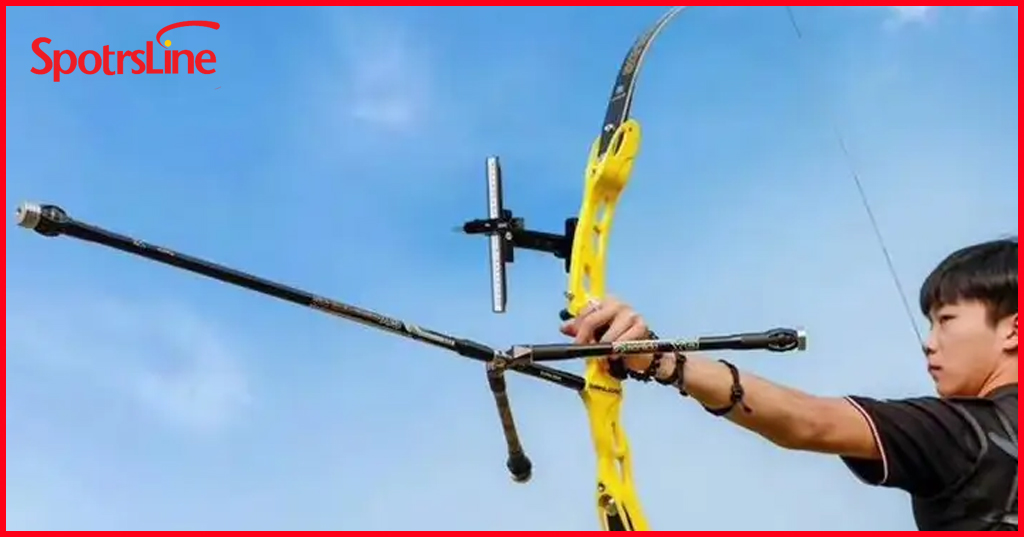
A quick guide to archery from beginner to master
From a novice in archery to an expert, in addition to the movements and equipment discussed earlier, training methods and attitudes are also essential.
So let’s talk about something different today: how to continuously improve your archery performance.

I won’t go into details, just give the method:
1. Periodic training
We all know the idiom: three days of fishing, two days of drying the nets
This means that if you don’t have perseverance in doing something, you often give up and can’t stick to it for a long time. Naturally, it will be difficult to achieve results. The same is true for archery.
Let me give you an example: There is a girl in my studio named Butterfly
When she first started archery, I had a mandatory requirement for her, which was to practice archery 100 arrows every weekday, not more, not less, and it would take about 40-60 minutes to complete, and she had to send me the practice records every day for review.
I persisted for 3 months, from 5 meters to 18 meters. At the final assessment, the bare bow had reached the purple diamond level in our archery hall. Our purple diamond standard is 18 meters, 60 arrows, 80 half-target papers, and the assessment score should reach 520 points, which is close to the yellow level.
From basic knowledge to purple diamond, the actual practice time and amount of Butterfly is probably at most 100 hours and 10,000 arrows.
Readers can compare their own situation. How long have you practiced archery? Have you achieved this result?
The butterfly score is not very high, but considering the length and amount of practice, it is something that many players cannot achieve.
Some friends may say: I am not like you who are practitioners in the industry and I don’t have so much time and venues available at any time.
Then you actually misunderstand the meaning of periodic training .
Periodic training
Periodic training does not require you to practice every day. You only need to practice at a fixed time period. The timeline can be extended, such as once a week for one hour. The entire practice time can be extended to half a year or a year. For shooters, the curve of rising performance may be relatively slow, but it is always rising.
The fear is that some players are very interested at the beginning and practice very hard, but end up hurting themselves. They take a break for a few weeks, and then start all over again when they come back, and then they enter this vicious cycle. After that, their interest decreases greatly, and they no longer care about whether the shooting is accurate or not.
I met a player who claimed to have practiced archery for several years, but his movements still had a lot of problems and he often missed the target at 10 meters.
2. Progressive Training
As the saying goes, you can’t eat hot buns in a hurry
The same is true for archery. New archers should avoid shooting at 20 or 30 meters right at the start. Missing the target many times will make you lose interest and mistakenly believe that archery is difficult.
Here is a suggestion for progressive training. Start from 5 meters. Once you can consistently get over 540 points with 60 arrows, you can move on to 10-meter practice.
For promotion after 10 meters, you can refer to the grading standards of our archery hall:
Sometimes when you are in the right mood, getting one or two good scores is not enough to prove your ability. It is okay to take photos and post them on WeChat Moments to show off, but you must know in your heart that this is not necessarily your true level. Only when you can maintain a stable score with enough arrows, then you have really achieved it!
This is why our assessment is set at 60 arrows. Interested archers can also test it by themselves to see what level you have reached!
3. Scoring Training
Scoring is very important. There is a small called: Archery Book. It is very suitable for different distances, different numbers of arrows, and different bow types. I have recommended it to many archery friends.
However, some archery friends are not very willing to use it. When I asked them the reason, I learned that they said that they are now very bad at shooting and miss the target a lot. The scores they recorded are a bit unbearable. They will count the scores when they stop missing the target.
If that were the case, then there would be no point in keeping score.
First of all, by scoring over the long term, we can clearly see our own growth and also see when we reach our bottlenecks.
Secondly, when scoring, the shooter will unconsciously become serious, which is more effective than shooting randomly.
I recommend that archers score at least 36 arrows per practice.
4. Practice Misunderstandings
1. Blindly upgrade the weight
My advice to novice archers is to be able to maintain a stable bow holding time of at least 30 seconds at the current poundage. The second result should refer to the standard we mentioned above.
Both conditions must be met before you can consider upgrading the weight. It is not recommended to increase the weight by more than 5 pounds at a time.
Some of my clients are quite conflicted. On the one hand, they want the exhilarating feeling of high arrow speed and high poundage, but on the other hand, they want to achieve high accuracy. Not to mention the risk of injury, various problems cannot be solved. I suggested that they switch to a smaller poundage , but they replied that a smaller poundage is meaningless.
I am not saying that high poundage and high precision cannot be achieved at the same time, it just requires a process. Those who really play with power bows also start with small poundage.
2. Focusing too much on targeting
The most important thing for beginners is to practice and form the movements and stabilize them. If you focus too much on aiming, you will easily ignore the movements. If the movements are not consistent enough, it is meaningless to adjust the aiming, because you cannot be sure whether your aiming is not adjusted well or your movements are the problem. Therefore, it is recommended that archers pay attention to the distance of the landing point at this time. As long as the distance is small enough, it is good. Later, you only need to adjust the aiming or adjust your aiming point to easily hit the arrow into the center of the bull’s eye.


One thought on “A quick guide to archery from beginner to master”